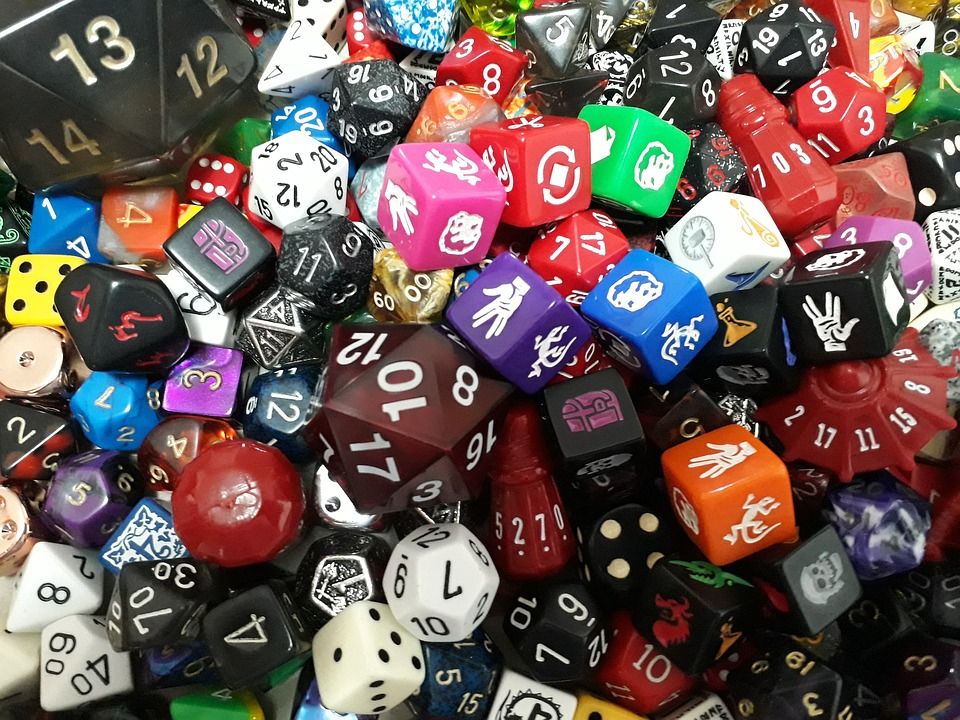
D&D Alignments of Famous Characters in Children’s Literature
Children’s literature is chock-full of imaginative, wacky characters. The simplicity in these characters are great at displaying different qualities of humanity. These qualities include our tendency towards law or chaos and our tendency towards good and evil.
Sound familiar? Here are the nine characters in children’s literature that best represent the Dungeons and Dragons alignments.
Lawful Good: Tree-Ear (A Single Shard)
Tree-Ear’s moral compass is rigid and unmovable. If he breaks rules, he faces the consequences. He keeps his promises to the best of his ability. And he follows the rules and advice given by authority figures.
When Tree-Ear discovers a potter making a cup with a new technique, he asks his friend Crane-man if taking the idea is stealing. The career of Min, his teacher, could depend on it. His friend answers, “If a man is keeping an idea to himself, and that idea is taken by stealth or trickery, I say it is stealing. But once a man has revealed his idea to others, it is no longer his alone. It belongs to the world.”
So Tree-Ear patiently waits until the man reveals the idea to the world before sharing it with his teacher. Truly the picture of moral goodness. In another life, he’d be a knight.
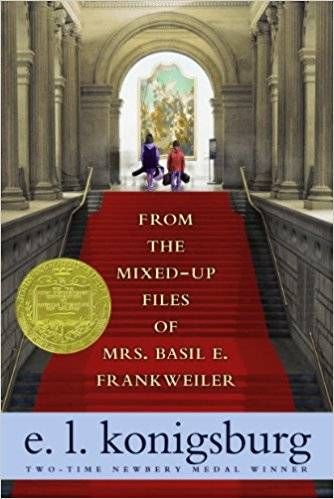 Lawful Neutral: Claudia Kincaid (From The Mixed-Up Files of Mrs. Basil E. Frankweiler)
Lawful Neutral: Claudia Kincaid (From The Mixed-Up Files of Mrs. Basil E. Frankweiler)
Claudia Kincaid also likes rules, makes rules, and follows rules. She’s no moral knight, though.
For one, she runs away from home with no concern for her parents and their feelings. Yes, I know she’s a child, but still. Children can have empathy.
She also isn’t interested in saving any worlds or helping the less fortunate. She favors criticizing Jamie’s grammar over criticizing his immorality.
So she isn’t a crusader. But she isn’t a tyrant either. Claudia still cares for the people in her life. She clearly loves her brother, and she also feels warmth towards Mrs. Basil E. Frankweiler after only meeting her once, deciding that she and Jamie should adopt her as their grandmother.
Therefore: Lawful Neutral. “The judge” loves order and rules, but they use them mainly for their own enjoyment and self-interest. Sounds like Claudia Kincaid to me.
Lawful Evil: IT (A Wrinkle in Time)
One of the most dangerous villains in children’s literature, IT represents complete conformity. As victims fall under IT’s control, they lose all sense of self. Each brainwashed person follows the society’s rules to perfection.
Sounds pretty Lawful Evil to me, but let’s double-check.
Is IT lawful?
IT certainly likes laws; that’s where their power lies! Acting as a dictator, IT’s goal is to have absolute control over as many individuals as possible.
And is IT evil?
Well, IT can’t feel any sort of love. I would say that’s a pretty big red flag. Also, IT feels no guilt imprisoning those that don’t comply with their demands and torturing “imperfect” humans for bouncing a ball out of rhythm.
Lawful Evil characters are “dominators,” and IT certainly dominates. They prove that some rules were meant to be broken.
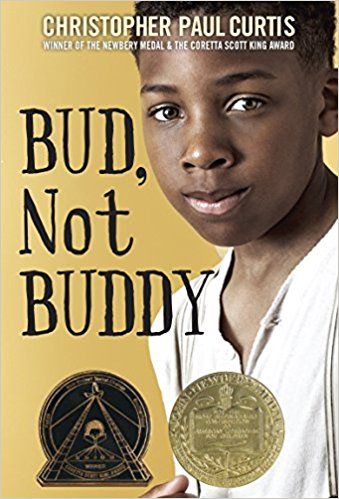 Neutral Good: BUD (BUD NOT BUDDY)
Neutral Good: BUD (BUD NOT BUDDY)
The most incredible thing about Bud is his empathy towards other kids. Even after a boy named Todd Amos shoves a pencil up his nose, beats him, and gets his mother to send Bud to sleep in a shed, Bud still takes the time to acknowledge Todd’s feelings. He thinks, “I can’t all the way blame Todd for giving me trouble, though. If I had a regular home with a mother and father I wouldn’t be too happy about other kids living in my house either.”
But he still punishes the Amoses with a prank, making sure that “the other kids…didn’t have to put up with Todd.” In this way, Bud sort of acts like a hero. He doesn’t want anyone else to suffer the way he did.
And when he’s confronted with uncomfortable situations, Bud strives to keep his companions happy. After a little girl named Kim sings just “about the worst song [Bud had] ever heard”, he kindly claps his hands.
So Bud is unquestionably good, but he’s not unquestionably lawful or chaotic.
Throughout the book, we realize that Bud has a set of rules that act as his personal legal code. He uses them to survive, dubbing them “Bud Caldwell’s Rules and Things for Having a Funner Life and Making a Better Liar Out of Yourself.”
The complication here is that these rules allow Bud to lie and essentially break other rules.
In a way, he has to. As an African American orphan living during the Great Depression, society’s stacked against Bud. He’s used to bending the law. He runs away from the Amoses, attempts to illegally jump moving trains, and lies like crazy.
So if you give Bud some love, he’ll be sure to give some love back. But if you give Bud an order, you never know what you’re going to get.
True Neutral: Harriet (Harriet the Spy)
Many people have the misconception that “true neutral” characters are boring. Harriet M. Welsch (as always) completely overturns these expectations.
Harriet is one of the most interesting and fantastically developed characters in children’s literature. She is neutral not because she’s bland, but rather because she’s conflicting in every way possible.
Harriet has one rule: staying honest with herself. Throughout the novel, she never breaks it (although she does lie to others). And she listens to almost everything her nurse Ole Golly says. In this way, Harriet is completely lawful.
But the obedience seems to stop there. Harriet sneaks into random homes to spy on the people that live there. She puts a frog into a girl’s desk, cuts off another girl’s hair, and ruins a cake by jumping after Cook tells her not to disturb the oven.
So Harriet has a few rules close to her heart, but she doesn’t seem to follow any others. Harriet’s life has a routine, but she also doesn’t really seek order. She is neither completely chaotic nor completely lawful.
Harriet is also tricky in terms of the goodness spectrum. She cares about her friends, and she loves Ole Golly. But she purposefully hurts others after she herself feels hurt. She also doesn’t seem to have much empathy; it’s hard for her to understand the emotions of others. Harriet does eventually make amends with her best friends, but it’s uncertain if Harriet truly feels bad about how she made her friends feel or if she would like to stop feeling bad for herself.
Harriet’s questioning nature puts her as a True Neutral character. Perhaps Harriet would enjoy this alignment placement. After all, she wants to be a spy. And spies are just about the most morally conflicting and lawfully questionable people there are.
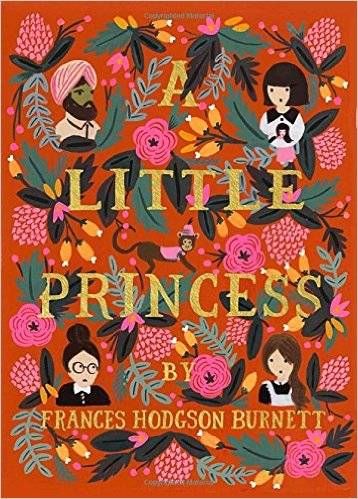 Neutral Evil: Miss Minchin (A Little Princess)
Neutral Evil: Miss Minchin (A Little Princess)
Miss Minchin is evil. There’s no doubt about it. She treats Sara Crewe, the main character, like total garbage (as in: starving her and emotionally abusing her). Miss Minchin’s sister states at the end of the book:
“[Sara] was a clever child and a good child—and she would have paid you for any kindness you had shown her. But you didn’t show her any.”
So she’s evil. But is she lawful?
Miss Minchin doesn’t necessarily ignore rules. She follows each of Sara’s father’s requests to perfection as long as he is alive and Sara is rich. As long as she has something to gain from someone, she treats that person with dignity.
The second Sara becomes poor, however, Miss Minchin’s true colors show. She does not bother keeping her safe, healthy, and well-fed, because she knows she can get away with mistreatment. When rules no longer benefit her, Miss Minchin abandons them.
Ruling? Neutral Evil. Emphasis on evil.
Chaotic Good: Fred and George Weasley (The Harry Potter series)
It’s interesting that the Weasley twins say “I solemnly swear that I am up to no good,” because most of their actions seem pretty good to me. Whether or not these actions are lawful is a completely different story.
A scene from Harry Potter and the Order of Phoenix perfectly encapsulates Fred and George’s alignment. It’s also possibly my favorite moment ever from the Harry Potter series.
Fred and George turn a hallway into a swamp, release “Wildfire Whizbangs” into the air, wreak havoc on the school, and leave Hogwarts on their confiscated broomsticks. It’s an event that will surely be immortalized in Hogwarts history.
They do this specifically to get back at Umbridge, the absolutely horrible headmaster installed by the Ministry. Their act of rebellion creates chaos, but it creates chaos against a wicked authority figure. The twins never act out against Dumbledore, a man they trust and respect. They only show their outrage when someone truly deserves it.
On top of that, they participate in Dumbledore’s Army with Harry, they care for their sister, they love their family, and they give Harry a treasured possession (the map) to help him sneak out to Hogsmeade.
They’re good people.
Mischief managed.
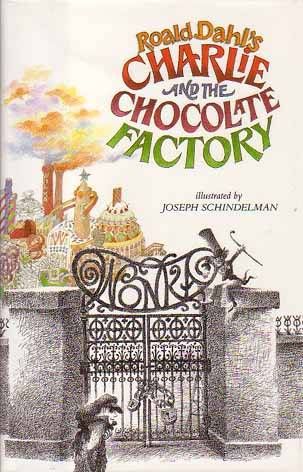 Chaotic Neutral: Willy Wonka (Charlie and the Chocolate Factory)
Chaotic Neutral: Willy Wonka (Charlie and the Chocolate Factory)
Willy Wonka does not play by the rules of the game. To be fair, if he did, he probably wouldn’t have become the greatest candy-maker in the world. You can see chaos and genius in all of his inventions: square candies that look round, a chocolate river, a three-course bubblegum meal, transporting candy through television sets…
You might need a little disarray to make the impossible possible.
However, Willy Wonka is not kind-hearted. Yes, he gives Charlie his entire factory. But isn’t it a little disturbing that his goal was to find the most submissive, passive child to give his factory to? Isn’t it a little horrifying that he could have totally harmed four children through this contest?
Of course, Willy Wonka doesn’t want any of them to get hurt, and nobody ends up physically damaged. But it is something to think about.
Chaotic Neutrals are supposedly “free spirits”. I can’t imagine a freer spirit than Willy Wonka.
Chaotic Evil: The Queen of Hearts (Alice in Wonderland)
The Queen of Hearts has no heart.
Although the right words can mollify the queen, she is unpredictable. She likes destruction. She literally executes anybody that gets in her way. The Queen of Hearts is the epitome of chaotic, and she is the epitome of evil.
I used to be afraid to watch Alice in Wonderland when I was younger. I guess Chaotic Evil was easy to spot even to four-year-olds.
Do you agree? Which character are you based on your alignment? Let us know!








